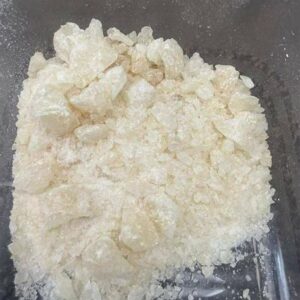Weed spice, also commonly referred to as “synthetic marijuana” or “K2/Spice,” is a type of designer drug that mimics the effects of natural cannabis. Unlike traditional marijuana, which contains the psychoactive compound THC, weed spice is made by spraying synthetic chemicals onto plant material. These chemicals are designed to bind to the same receptors in the brain as THC, producing similar—but often more unpredictable—effects.
Composition and Appearance
Weed spice is typically sold as dried, shredded plant material. Despite looking like ordinary herbs or potpourri, the substance is chemically treated with potent synthetic cannabinoids. These chemicals can vary widely, meaning that the strength, effects, and risks can be inconsistent from batch to batch. The packaging often includes colorful labels, names like “Black Mamba,” “Scooby Snax,” or “Crazy Clown,” and disclaimers such as “not for human consumption,” which attempt to skirt legal restrictions.
Effects on the Body and Mind
The effects of weed spice can resemble those of natural cannabis, including relaxation, euphoria, altered perception of time, and heightened sensory awareness. However, due to the unpredictable nature of synthetic cannabinoids, users may experience severe side effects, including:
- Rapid heart rate and high blood pressure
- Nausea and vomiting
- Anxiety, paranoia, and hallucinations
- Seizures or loss of consciousness in extreme cases
Unlike natural marijuana, there is no standardized dosing for synthetic cannabinoids, which makes overdose and severe reactions more likely.
Legal Status
Many countries have banned the production, sale, and possession of synthetic cannabinoids, but manufacturers frequently modify the chemical structure to evade legal restrictions. This constant evolution of new compounds poses challenges for law enforcement and public health agencies.
Health Risks and Concerns
Medical experts warn that weed spice is far more dangerous than natural cannabis due to its unpredictable chemical composition. Repeated use can lead to dependency, mental health issues, and serious physical health complications. Emergency room visits linked to synthetic marijuana have increased in recent years, highlighting its potential for harm.
Harm Reduction and Awareness
Given the risks associated with synthetic cannabinoids, avoiding weed spice is the safest choice. Public awareness campaigns emphasize that even occasional use can be dangerous. For those struggling with substance use, seeking professional support from addiction specialists or mental health providers is strongly recommended.
Conclusion
Weed spice may appear to be a legal or harmless alternative to cannabis, but it carries serious risks due to its unregulated, synthetic nature. Understanding its composition, potential effects, and health hazards is crucial for making informed choices. The safest approach is to steer clear of synthetic marijuana and rely on proven resources for substance education and support.

Leave a Reply